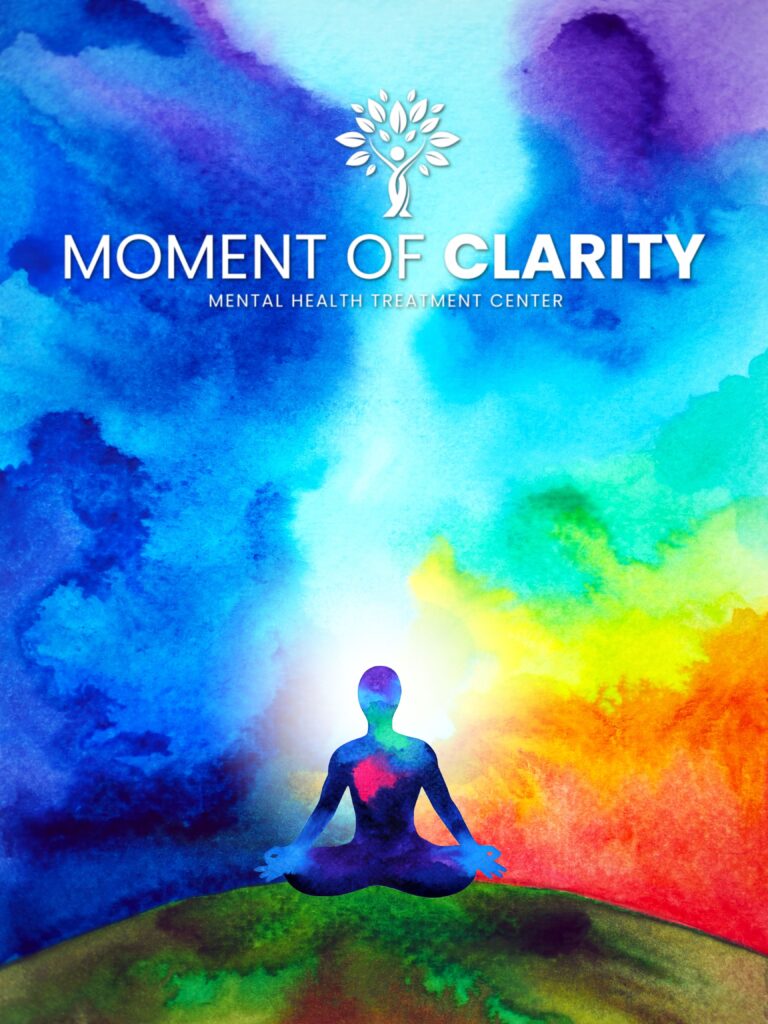Post-Traumatic Stress Disorder (PTSD) is an issue facing many current and past military personnel, with military and PTSD statistics from the U.S. Department of Veterans Affairs (VA) showing that 7 out of every 100 (or 7%) veterans will face PTSD at some point. Comparatively, about 6% of all adults will experience PTSD in their lifetimes.
Understanding military-related PTSD involves looking at its prevalence, causes, and impacts on service members. The military can expose servicemen and women to traumatic events uncommon in civilian life. Meanwhile, the specific war served can dictate the type of trauma prevalent at that time and the likelihood of warzone deployment, training incidents, or military sexual trauma.
Shedding light on the statistics surrounding PTSD in the military and the importance of understanding these numbers can aid in the ongoing efforts to support past and current service members.
Let’s explore the basics of this treatment program and why it might be a good fit for you or your loved one. Moment of Clarity’s California intensive outpatient program for treatment just might be the best way for you to get the help you need, when and where you need it.
Mental Health Treatment That Works
What Are the Statistics About Veterans with PTSD?
PTSD among veterans can vary significantly depending on the service era, with deployment making members three times more likely to experience combat stress or shell shock. The VA conducted a study that surveyed currently alive veterans who served in different wars across the last century. The data for military and PTSD statistics suggests that this disorder is far more prevalent among veterans of certain wars than others.
Statistics from the Department of Veterans Affairs who military veterans from operations in Iraq and Afghanistan are suffering a higher rate of PTSD than past wars, such as the Vietnam War and World War II. For example, among veterans of Operations Iraqi Freedom and Enduring Freedom, 15% suffered from PTSD in the past year, and 29% did at some point in life, compared to 2% in the past year and 3% at some point for those who served in World War II or the Korean War. The VA says 14% of veterans of the Persian Gulf War (Desert Storm) had PTSD at some point in the past year, while 5% of Vietnam War veterans did.
However, it is also important to note that this study was conducted on current veterans, indicating that the pool of available subjects was much larger for more recent wars than those over 50 years ago. Moreover, symptoms of PTSD, such as depression, severe anxiety, and uncontrollable thoughts, can affect mortality if untreated and could further affect the available data resources.
What Is the Difference Between Mild and Severe PTSD?
Now that you better understand military and PTSD statistics, let’s discuss the different levels of this disorder. Differentiating between mild and severe PTSD often comes down to the intensity and frequency of the patient’s symptoms. Physicians will also consider the impact on daily functioning.
Mild PTSD
- Symptoms: The patient may experience occasional flashbacks, mild anxiety, and periodic difficulty sleeping. These symptoms will likely be less intense and sporadic.
- Functionality: Individuals can effectively manage daily duties and maintain relationships but may have difficulty doing so.
- Duration: Symptoms may materialize shortly after a traumatic event but will improve with time, support, and learned coping strategies.
- Response to treatment: Patients often respond well to therapy and coping methods, proven by gradual improvement.
Severe PTSD
- Symptoms: Individuals often experience intense flashbacks, nightmares, crippling anxiety, emotional numbness, and difficulty maintaining relationships.
- Functionality: Symptoms may lead to significant distress as they struggle to perform daily tasks, potential unemployment, and withdrawal from loved ones.
- Duration: Severe PTSD can persist for months or years without proper support and treatment and could lead to chronic issues.
- Response to treatment: Patients will likely require intensive intervention through specifically tailored therapy and medication. It may take longer to see improvements.
Understanding the distinction between mild and severe PTSD, alongside the right statistics, can help military veterans and their families find the right mental health professionals to aid in recovery. It might be natural to wonder if PTSD goes away in time, but it likely won’t without professional help like we offer at Moment of Clarity.

How Does the VA Determine Percentage for PTSD?
The VA determines disability percentages for PTSD by evaluating the severity of a veteran’s symptoms and the impact on their daily life. The VA will begin by assessing the patient, consulting the Diagnostic and Statistical Manual of Mental Disorders (DSM) and its Schedule for Rating Disabilities (VASRD).
During the process, the VA will gauge the patient’s specific intensity of PTSD in veterans, concluding whether they’re experiencing a mild or severe form of the condition. This process will involve analyzing symptom severity and occupational/social impairment, such as the ability to maintain relationships and hold down a job.
The VA generally determines PTSD percentages as follows:
- 0%: No significant symptoms.
- 10%: Mild symptoms that could lead to some occupational and social impairment.
- 30%: Moderate symptoms that cause intermittent periods of inability to perform daily tasks. However, general functionality is normal (self-care, routines, etc.)
- 50%: More severe symptoms lead to panic attacks more than once a week, difficulty with complex commands, and impaired judgment.
- 70%: Serious symptoms may cause deficiencies in most areas, suicidal ideation, obsessive behavior, and inability to maintain relationships.
- 100%: Total impairment, socially and occupationally. Patients could suffer from delusions, hallucinations, and inappropriate behavior.
The VA also requires firm documentation and evidence from its veterans in the form of medical records, personal statements, and other relevant evidence. The VA may also periodically reevaluate an individual to document any improvements or changes in symptom severity.
What Is the Average the VA Gives for PTSD?
The VA provides monthly disability compensation based on the veteran’s PTSD percentage rating. According to statistics from the VA and their payments to past military personnel suffering from PTSD, the following disability ratings earned these average monthly compensation amounts in 2023:
- 10%: $171.23.
- 20%: $338.49.
- 30%: $524.31.
- 40%: $755.28.
- 50%: $1,075.16.
- 60%: $1,361.88.
- 70%: $1,716.18.
- 80%: $1,995.01.
- 90%: $2,241.91.
- 100%: $3,737.85.
The monthly compensations listed above were based solely on veterans who live alone with no dependents. However, while compensation for a 10% to 20% rating is not affected by dependants, all of the higher tiers will increase based on the presence of a spouse and children.
Moment of Clarity: A Place to Help Address Military and PTSD Statistics
Like many people, veterans are prone to suffering in silence. However, prolonged symptoms can only exasperate PTSD and lengthen the recovery period. Military and PTSD statistics show the clear need for effective, compassionate help from professionals like the team at Moment of Clarity. Getting the right help now can alleviate your or your loved one’s suffering and even push them toward getting the compensation they deserve.
Here at Moment of Clarity, we provide struggling patients with personalized care for PTSD. Our outpatient recovery program is based in California and provides treatments such as group therapy, individual psychotherapy, cognitive behavioral therapy, dialectical behavioral therapy, and trauma-informed care. Call us at 949-625-0564 today if you or someone you know is experiencing PTSD because you deserve a moment of clarity.
External Links
- U.S. Department of Veterans Affairs — Current Veterans Disability Compensation Rates
- Hill & Ponton — VA Disability Rating for PTSD
- U.S. Department of Veterans Affairs — How Common Is PTSD in Veterans?




